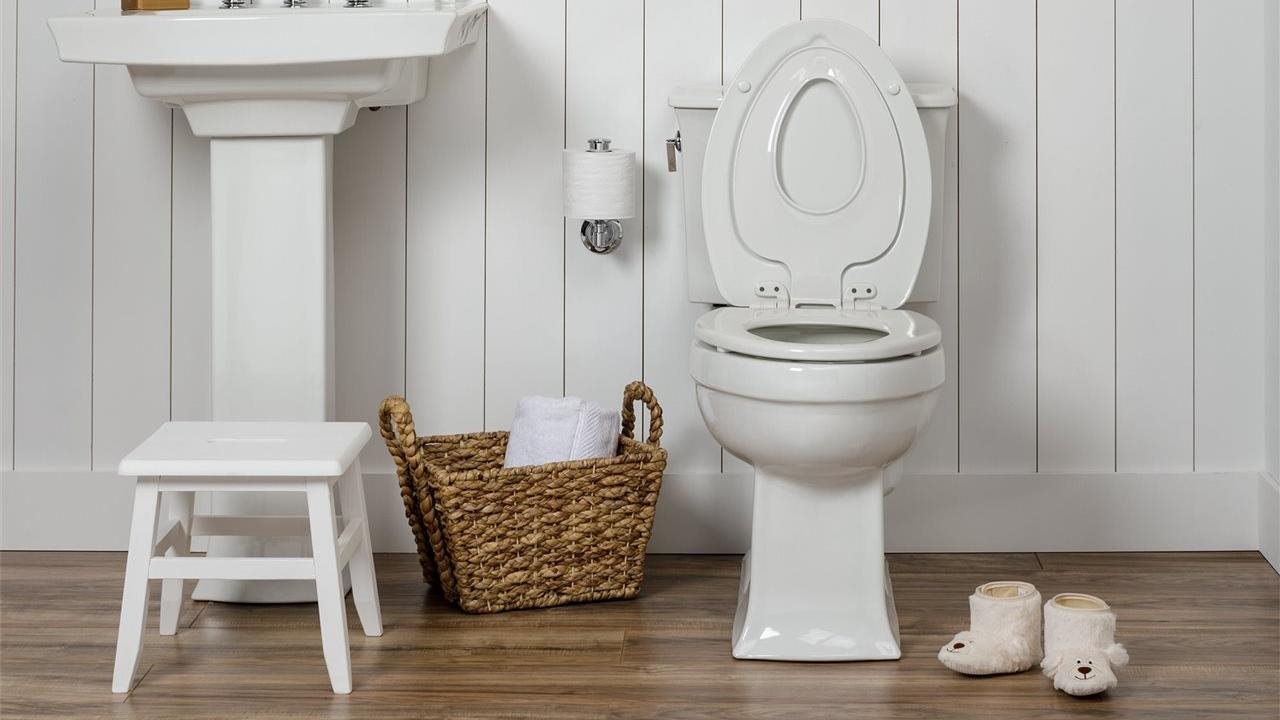
(BPT) – Of all the things you do as a parent, one of the most challenging is toilet training. It can take a lot of planning, supplies and patience to teach your toddler to say goodbye to the diaper. Potty training can be unpredictable and messy at times.
Traditionally, parents have purchased small plastic potties for their children to help them with toilet training, but this isn’t the only option. Some have discovered using toilet training seats in lieu of a plastic potty.
Built-in potty-training toilet seats can accommodate the needs of children and parents as they go through the potty-training process. Typically, built-in seats come with a regular-sized seat and a child-sized seat in the middle that you can raise and lower independently, just like a regular toilet seat. The child seats are usually removeable and easy to clean when necessary. They can also provide precision-fit adjustability to promote comfort so your child feels confident.
If you think a built-in potty-training seat will work best for your child, here are a few factors to consider:
1) It can shorten the learning curve.
Some parents have found that when children “graduate” from the plastic potty, transitioning to a regular toilet can be a struggle. According to Parents.com, most kids are fully potty trained by age 3 but are not always familiar with using a regular toilet when it’s time to switch. As they begin attending preschool and have playdates with friends, they may not always have a kid’s potty available to them, which can make some feel like they’re back at square one.
Using a built-in seat can help them train or transition from the plastic potty and build their confidence going to the bathroom outside the comforts of home.
2) You don’t have to clean up after them (for the most part).
Plastic potties don’t connect to your home’s plumbing system, which can leave you on the hook for cleanup. Cleaning the plastic potty can be time-consuming and undesirable for any parent. However, using a built-in toilet seat can help reduce the amount of time you spend cleaning, since there is no wiping, sanitizing or bowl dumping involved. At the same time, you may not be fully free of your cleaning duties if they’re still working on their aim.
The NextStep2 from Bemis is one toilet seat option for seamless and effective potty training. With its durable enameled primary wood seat and built-in child-sized plastic seat, this toilet seat eliminates the need for a stand-alone potty and saves you the hassle of cleaning up after your child.
3) Your bathroom will have more space.
Your child isn’t the only one using the bathroom. While a plastic toilet is typically small, they sit right on the floor, and they can take up a lot of space depending on the size of your bathroom. If your bathroom is smaller, a plastic potty can become an inconvenience and even a tripping hazard. A built-in potty-training seat for your regular toilet frees up some extra space and helps everyone stay comfortable while in the bathroom.
How to make potty training easier
Potty training can be challenging for you and your child, but it doesn’t have to be. You know your child better than anyone else so as you work within their preferences and find what’s most comfortable for them, they can start to feel confident in their abilities. Visit toiletseats.com for more potty-training tips and toilet seat options for your child.
